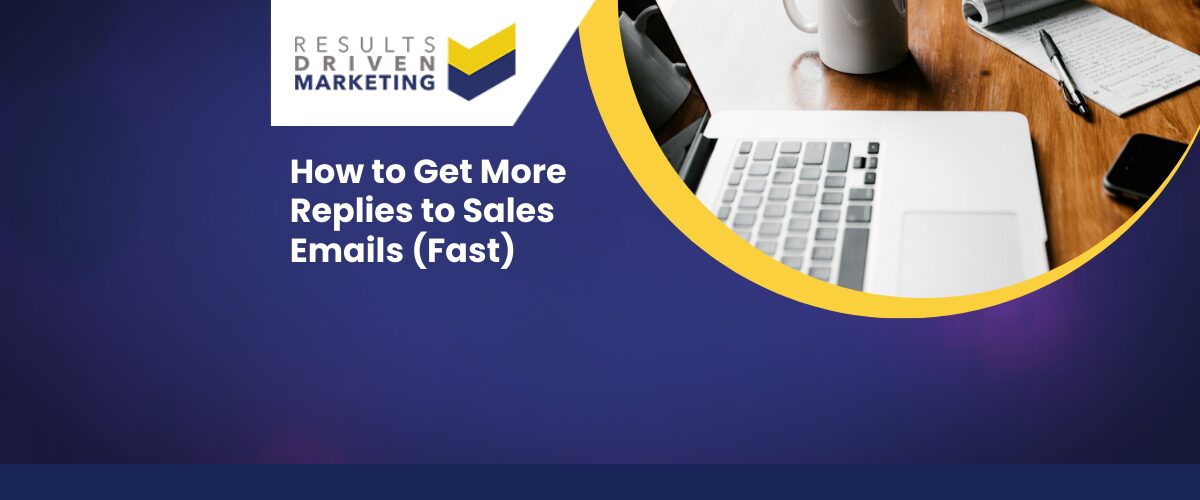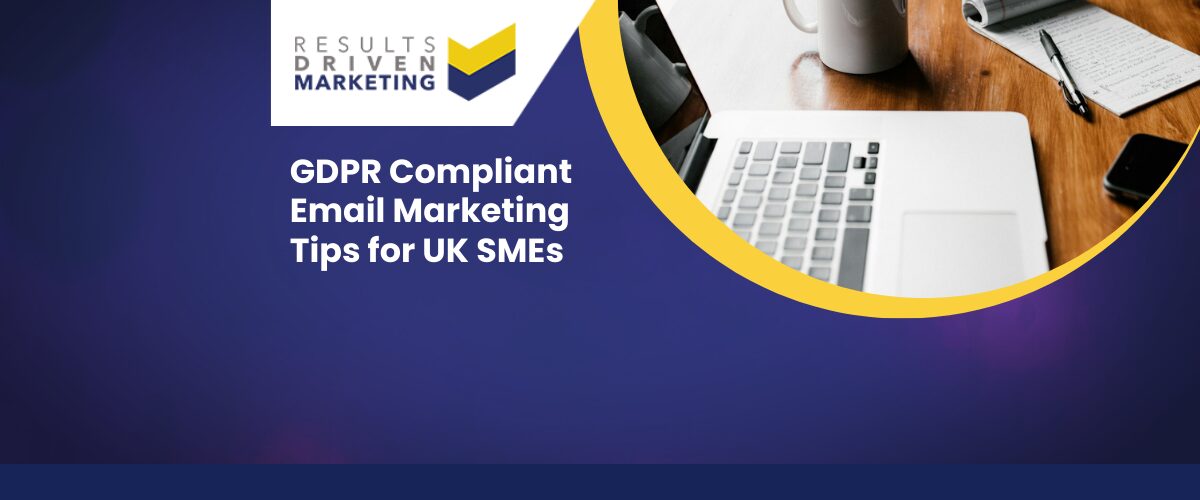
What Is Email List Segmentation and Why It Matters
What is email list segmentation? It’s a question many SMEs ask when they feel frustrated with email campaigns that don’t deliver. Maybe you’ve built up a decent database, sent out a few campaigns, and expected the leads to roll in — only to be met with low open rates, poor click-throughs, and silence from decision-makers.
The truth is, the issue often isn’t the email channel itself — it’s the lack of relevance. Sending the same message to everyone in your database is like delivering a generic sales pitch to a crowded room: most people will switch off.
Email list segmentation solves this problem by dividing your contacts into smaller, more meaningful groups. Instead of one-size-fits-all campaigns, you send messages that resonate with each audience. In this guide, we’ll explain exactly what segmentation is, why it matters for SMEs, and how it can help you get stronger results from every campaign.
Table of contents:
Understanding Email List Segmentation
To get the most out of email marketing, it’s important to first understand what segmentation actually means and how it differs from other approaches.
The Definition
Put simply, email list segmentation is the process of dividing a large contact list into smaller, targeted groups based on shared characteristics. Instead of sending one broad message to everyone, you tailor your campaigns so each segment receives content that’s relevant to them. This could be based on factors like industry, company size, job role, or engagement level.
Why It’s Different from Personalisation
It’s easy to confuse segmentation with personalisation, but they’re not the same. Segmentation is about grouping contacts strategically, while personalisation is about tailoring the content within those groups. For example, segmentation might create a group of sales directors in SMEs, while personalisation might include their first name or reference their role in the subject line.
Both approaches work best when used together — segmentation provides the structure, and personalisation adds the human touch.
Why Segmentation Is Critical for SMEs
For SMEs, every marketing pound has to work harder. That’s why segmentation isn’t just a “nice to have” — it’s a core strategy for making email campaigns pay off.
Higher Open and Click-Through Rates
When recipients see content that feels relevant to their role or industry, they’re far more likely to engage. Segmentation ensures your subject lines and messages speak directly to what matters most to them.
Building Trust with Decision-Makers
Sending the right message to the right person shows you understand their needs. It positions your business as a helpful partner, not just another company blasting generic emails.
Better ROI from Campaigns
For SMEs with tighter budgets, wasted sends equal wasted money. Segmentation allows you to focus resources on the groups most likely to respond, giving you stronger returns without increasing spend.
Making Limited Resources Go Further
Unlike big corporations, SMEs don’t always have large marketing teams or budgets. Segmentation helps you maximise what you already have — making campaigns smarter, not necessarily bigger.
Practical Examples of Segmentation in Action
Segmentation doesn’t need to be complicated. By splitting your database into logical groups, you can create campaigns that feel more relevant and deliver stronger results. Here are some of the most effective ways SMEs can apply it.
By Industry or Sector
Each sector has its own priorities and challenges. A recruitment agency will respond to different messaging than a manufacturing business. Segmenting by industry allows you to speak directly to those pain points.
By Company Size
Smaller businesses often care about affordability and quick wins, while larger firms may focus on scalability and compliance. Splitting contacts by company size helps you adjust your value proposition.
By Decision-Maker Role
Owners, managing directors, sales directors, and marketing managers all think differently. An MD may want to hear about ROI and growth, while a marketing manager may want insight into campaign performance. Segmentation by role ensures you hit the right angle.
By Location
Regional differences can play a big part in how prospects respond. Localised campaigns often feel more personal and can account for regional variations in demand or regulations.
By Engagement Level
Not all contacts interact with your emails in the same way. Separating highly engaged readers from those who’ve gone quiet means you can nurture active prospects and design re-engagement campaigns for the rest.
Common Segmentation Mistakes to Avoid
Segmentation can transform your email marketing results, but only if it’s done well. Many SMEs fall into simple traps that hold back performance. Here are the key ones to watch for.
Using Unrefined, Generic Lists
Sending the same email to every contact in your database is one of the quickest ways to lose engagement. Always refine your lists into meaningful groups before launching a campaign.
Over-Segmenting and Creating Groups Too Small
While it’s important to target accurately, splitting your database into too many tiny segments makes campaigns hard to manage and less impactful. Focus on the groups that matter most to your goals.
Treating All SMEs the Same
Just because two companies are SMEs doesn’t mean they share the same priorities. A small tech start-up and a construction firm won’t respond to the same messaging. Segmentation helps you respect these differences.
Ignoring Compliance and Trust
Failing to respect GDPR and other regulations risks damaging both your reputation and your deliverability. Being transparent with prospects isn’t just about staying compliant — it’s about building trust.
How to Measure the Impact of Segmentation
Knowing what is email list segmentation is only half the story — the real value comes from measuring how it improves results. Tracking the right metrics ensures your efforts are paying off.
Open and Click-Through Rates by Segment
Compare engagement across different groups. If one segment consistently outperforms another, you’ll know where your messaging is strongest and where adjustments are needed.
Conversion Rate Improvements
Ultimately, the goal is sales or meaningful actions such as booking a call or requesting a data count. Tracking conversions per segment shows which audiences are driving revenue.
ROI Compared to Non-Segmented Campaigns
Look at the difference in return between segmented campaigns and generic sends. Segmentation almost always delivers a stronger ROI, proving its value.
Identifying High-Value Segments
Not all groups deliver the same results. By analysing performance, you can focus more attention on the segments that consistently bring in the best opportunities.
Why Choose Results Driven Marketing
Effective segmentation relies on accurate, reliable data — and that’s where Results Driven Marketing makes the difference. We help SMEs across the UK achieve stronger campaigns by providing tailored, segmented B2B data that connects with the right people.
Here’s what sets us apart:
-
Accurate, high-quality data – Aggregated from leading UK sources and checked against strict quality benchmarks.
-
Segmentation across 2,000+ sectors – From recruitment and finance to manufacturing and technology, we make sure you can target the industries that matter most.
-
Fast, secure delivery – Your lists are provided in a password-protected format within 24 hours, so you can launch campaigns quickly.
-
Support from real people – We don’t just deliver data; we guide SMEs on how to use it effectively for better results.
-
Focused on outcomes – Helping SMEs turn email lists into stronger pipelines, better engagement, and real sales growth.
With Results Driven Marketing, you’re not just buying data — you’re gaining a partner invested in your success.
Conclusion — Smarter Segmentation, Stronger Campaigns
So, what is email list segmentation and why does it matter? Put simply, it’s the difference between sending generic messages that get ignored and delivering targeted campaigns that drive real results.
For SMEs, segmentation offers clear benefits:
-
More relevant emails that decision-makers actually want to read
-
Stronger engagement leading to improved conversions
-
Better ROI from every campaign, even with limited budgets
-
A smarter way to build trust and long-term customer relationships
Segmentation doesn’t have to be complicated. With the right B2B data and a clear approach, SMEs can make their email marketing work harder without increasing spend.
At Results Driven Marketing, we provide the accurate, targeted data that makes segmentation possible. Ready to get more from your campaigns? Contact us today and let’s start building email campaigns that deliver.
About Results Driven Marketing
Results Driven Marketing is a UK-based provider of B2B marketing lists, specialising in email, telemarketing, and direct mail data. We support SMEs across every sector with accurate, GDPR-compliant data solutions to power effective segmentation and outreach campaigns.
📍 Based in Newcastle (Cobalt Business Exchange)
📞 0191 406 6399
🌐 rdmarketing.co.uk





